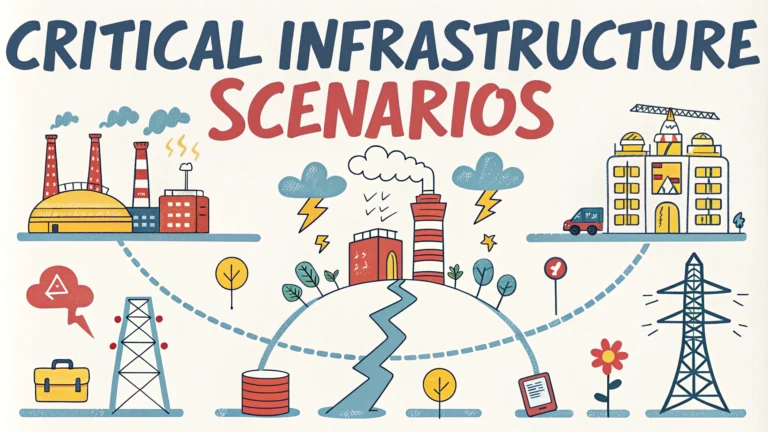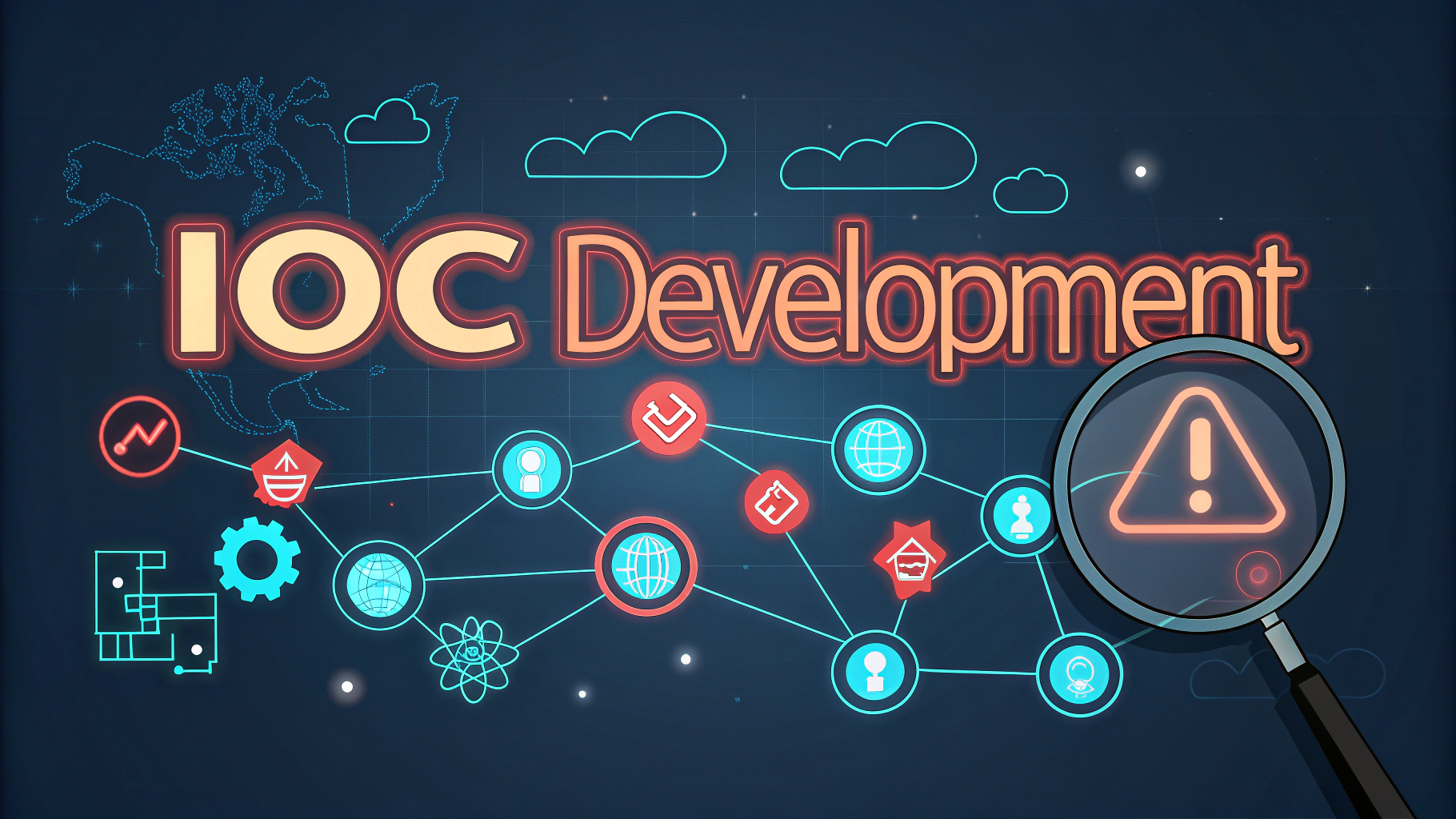Penetration testing critical infrastructure requires specialized knowledge, strict protocols, and careful planning to avoid disrupting essential services.
Testing these systems demands a deep understanding of industrial control systems (ICS), SCADA networks, and operational technology (OT) environments that manage utilities, transportation, and other vital services.
This guide covers key strategies for conducting safe and effective penetration tests on critical infrastructure while maintaining operational stability.
Planning and Preparation
Document all systems, networks, and dependencies before starting any testing activities.
- Obtain written approval from stakeholders
- Define clear testing boundaries and scope
- Establish emergency procedures
- Create system snapshots and backups
- Schedule testing during low-impact windows
Testing Methodology
Follow these specialized approaches for critical infrastructure:
- Passive reconnaissance only
- Network segmentation validation
- Protocol-specific testing (Modbus, DNP3, etc.)
- Air-gap verification
- Access control assessment
Safety Considerations
Never perform aggressive scanning or exploitation on operational technology systems.
| Action | Risk Level | Mitigation |
|---|---|---|
| Port Scanning | High | Use passive methods only |
| Vulnerability Scanning | Very High | Test on offline systems first |
| Exploitation | Extreme | Avoid on live systems |
Testing Tools
Select specialized tools designed for industrial control systems:
- Dragos Platform
- CyberX
- Industrial Defender ASM
- Nozomi Networks Guardian
- Claroty CTD
Compliance Requirements
Ensure testing aligns with these regulatory frameworks:
- NERC CIP
- ISA/IEC 62443
- NIST SP 800-82
- EU NIS Directive
Documentation and Reporting
Create detailed reports including:
- System architecture diagrams
- Testing methodology
- Findings and risk levels
- Remediation recommendations
- Compliance status
Moving Forward with Security
Contact industrial cybersecurity firms specializing in critical infrastructure testing:
- Dragos Inc: www.dragos.com
- CyberArk: www.cyberark.com
- Claroty: www.claroty.com
Risk Assessment
Evaluate potential impacts before testing critical infrastructure:
- Safety systems disruption analysis
- Service interruption scenarios
- Cascading failure possibilities
- Environmental impact considerations
- Public safety implications
Response Protocol Development
Establish clear procedures for incident handling:
Emergency Response
- System restoration procedures
- Stakeholder notification chain
- Emergency shutdown protocols
- Backup system activation
Communication Channels
- 24/7 contact information
- Escalation procedures
- Status reporting templates
- External agency coordination
Testing Validation
Verify testing outcomes through multiple channels:
- Independent system audits
- Compliance verification
- Documentation review
- Stakeholder sign-off
- Results reproduction
Strengthening Critical Infrastructure Security
Maintain ongoing security improvements through:
- Regular security assessments
- Updated testing protocols
- Enhanced monitoring systems
- Continuous staff training
- Industry collaboration
Remember that protecting critical infrastructure requires constant vigilance, expertise, and commitment to security best practices. Regular updates to testing procedures and continuous improvement of security measures are essential for maintaining robust protection of these vital systems.
FAQs
- What is Critical Infrastructure Penetration Testing and why is it important?
Critical Infrastructure Penetration Testing is a specialized security assessment of systems that control essential services like power grids, water treatment facilities, and telecommunications. It’s crucial because these systems’ compromise could result in severe disruption to society, economic damage, or loss of life. - What are the main differences between regular penetration testing and critical infrastructure testing?
Critical infrastructure testing requires specialized knowledge of industrial control systems (ICS), SCADA systems, and operational technology (OT). It demands extra caution as systems can’t be taken offline, and aggressive testing could cause operational disruptions. - What regulatory frameworks govern Critical Infrastructure Penetration Testing?
Key frameworks include NERC CIP for power utilities, AWWA for water systems, TSA guidelines for transportation, and NIST Framework for Critical Infrastructure. Compliance with these frameworks is often mandatory. - What are the primary attack vectors assessed in Critical Infrastructure scenarios?
Testing focuses on network segmentation, remote access points, industrial protocol vulnerabilities, legacy system weaknesses, physical security controls, and human-machine interface (HMI) security. - How is air-gapped system testing conducted in critical infrastructure environments?
Air-gapped system testing involves physical access testing, removable media security, firmware analysis, and supply chain vulnerability assessment while maintaining strict isolation protocols. - What tools are commonly used in Critical Infrastructure Penetration Testing?
Specialized tools include Sophia, PLCScan, ModScan, Industrial Protocol Fuzzers, and passive network monitoring tools. Standard penetration testing tools must be modified to safely interact with industrial systems. - What are the key considerations for testing ICS/SCADA systems?
Testing must avoid disrupting operations, respect system sensitivity, use appropriate protocols, maintain safety systems’ integrity, and follow strict change management procedures. - What documentation is required for Critical Infrastructure Penetration Testing?
Required documentation includes detailed test plans, risk assessments, safety protocols, emergency procedures, system diagrams, network maps, and comprehensive reporting with specific remediation guidance. - How are incident response scenarios integrated into testing?
Testing incorporates tabletop exercises, emergency shutdown procedures, failover testing, and coordination with emergency response teams while maintaining operational continuity. - What qualifications are required for Critical Infrastructure Penetration Testers?
Testers need specialized certifications like GICSP, GRID, CSSA, along with extensive knowledge of industrial protocols, control systems, and relevant safety regulations.








